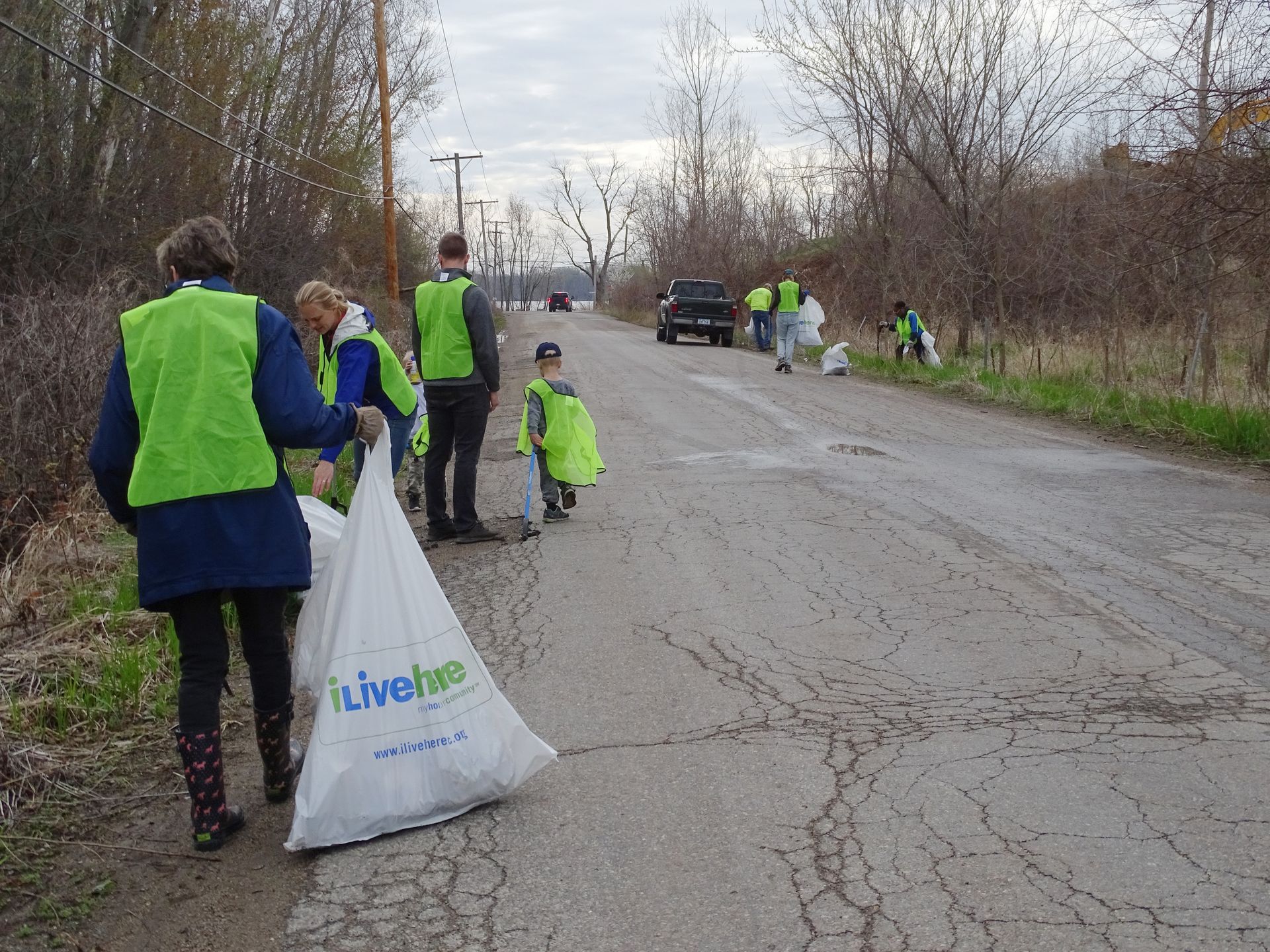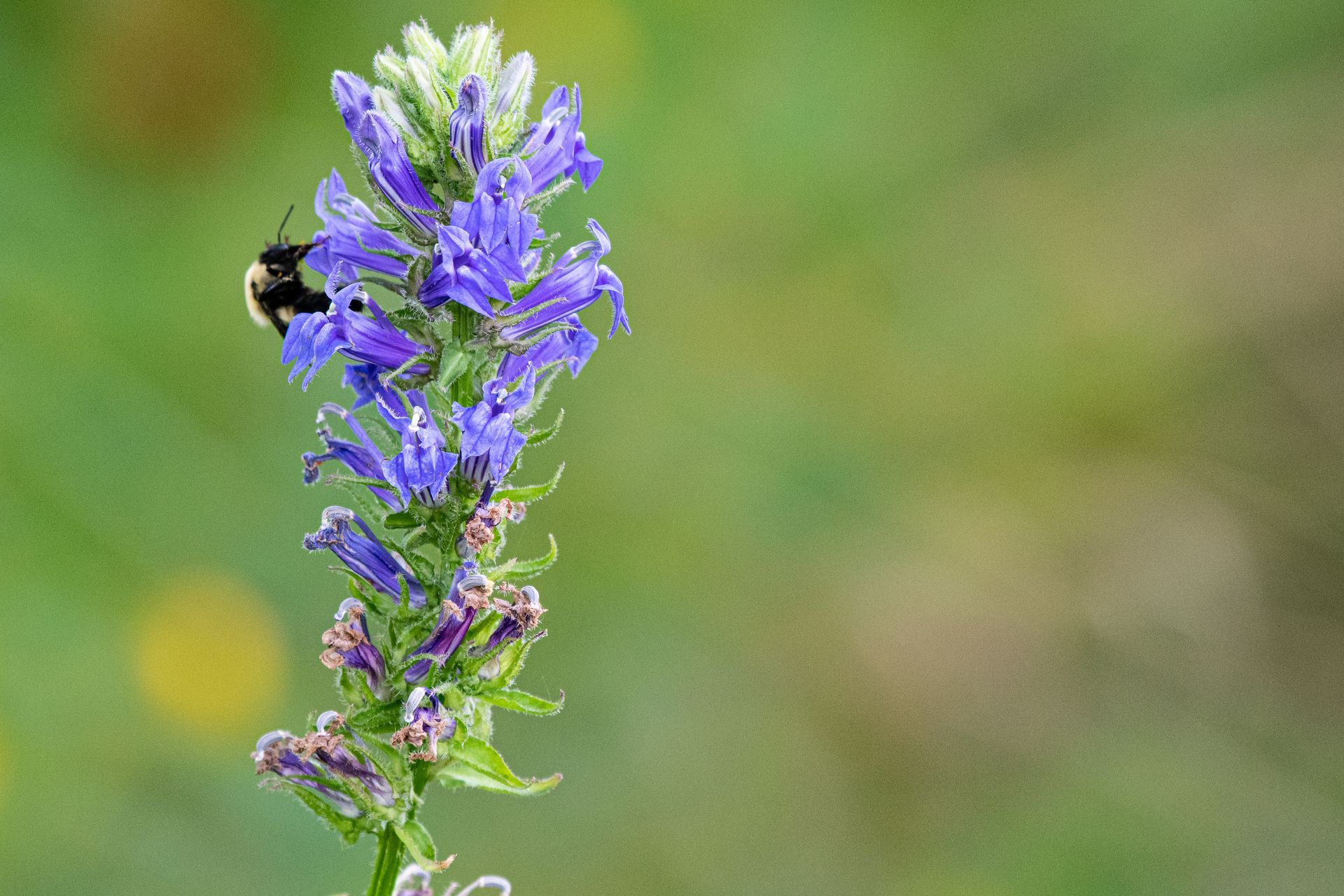Nahant Marsh’s Management Plan
Led by Kinsey Nielsen- Natural Resources Manager
Overall Management Goal: Enhance and maintain the biodiversity of Nahant Marsh flora and fauna.
Management techniques are reviewed yearly at Nahant Marsh. Invasive species come in from the adjacent highway (I-280), the railroad, and the industrial areas surrounding the marsh. Frequent flooding also brings in new invasive species. Monitoring helps to determine the best techniques for suppression and removal of these invasive plants. This is why the research conducted each summer from staff and interns is so important.
The three main practices used by Nahant Marsh to enhance and maintain the preserve are prescribed burns, invasive species removal and increasing plant diversity.
Prescribed Burns
Historically, fire has maintained grassland ecology naturally. Fire releases nutrients to the ground and controls undesirable vegetation, increasing species diversity. Prairie plants can survive fires since they have deep roots and grow from a point underground. The prairies at Nahant Marsh are burned at regular intervals to help keep them healthy and improve wildlife habitat
Invasive Species Removal
Invasive species removal occurs year-round. Herbaceous plants require pulling, digging, or spraying to completely kill the plant depending on the species. Mowing large patches of annual weeds before they go to seed is another effective option. Woody species such as invasive trees and shrubs are generally cut to the ground and sprayed with an herbicide directly on the stump. Other methods for woody invasive control include mowing, girdling, and prescribed fire. These methods typically do not kill the trees but in combination with other practices can produce good results for control.




